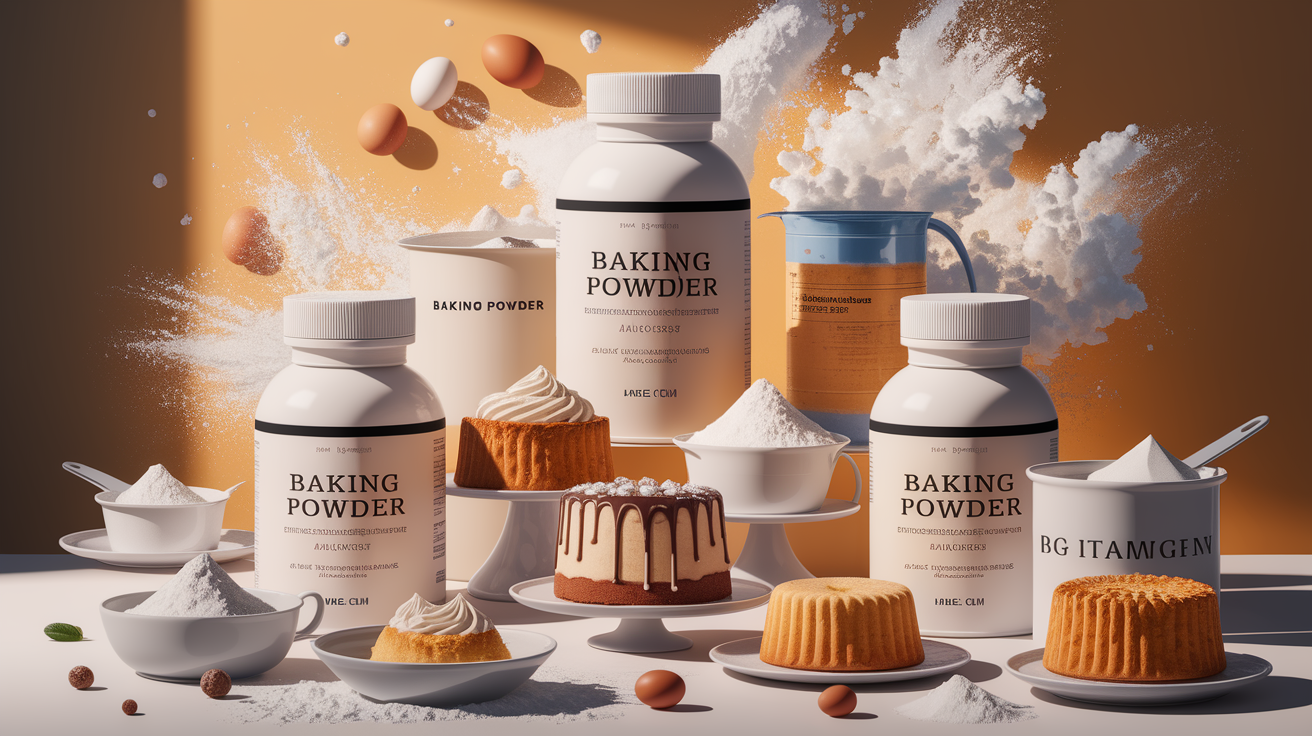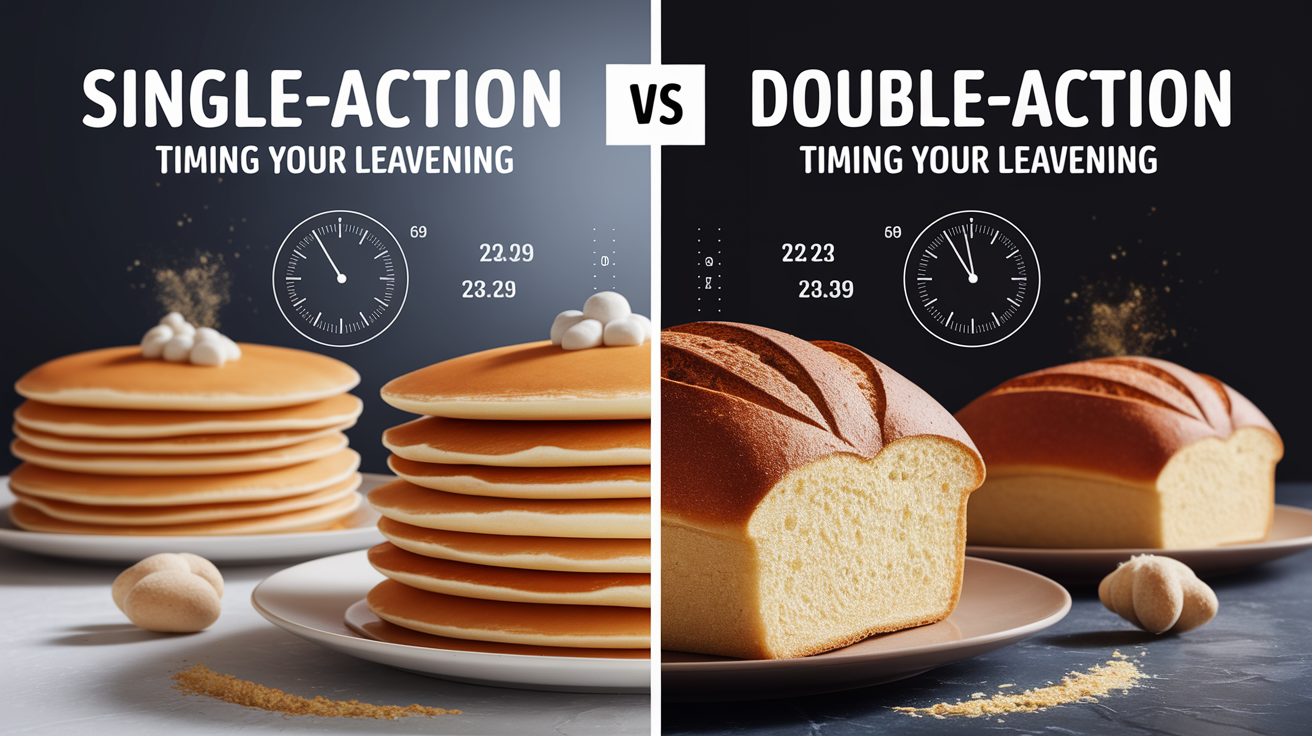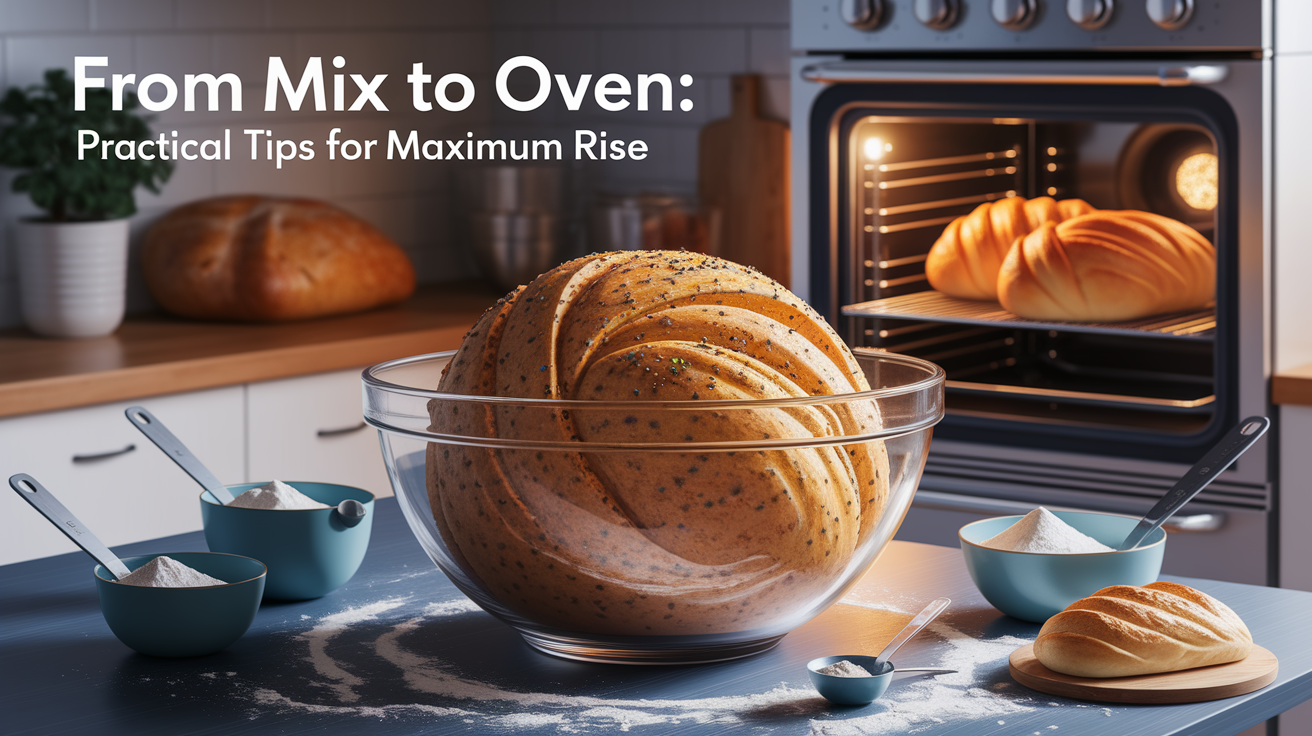Quick Answer: Baking powder is a clever mix of ingredients that reacts with moisture and heat to produce tiny bubbles of carbon dioxide gas. These bubbles get trapped in your batter or dough, creating the light, fluffy texture we love in cakes, muffins, and more. The magic lies in a well-timed chemical reaction between an alkaline base and an acidic component.
The Rise Explained: Baking Powder at a Glance
Baking powder is a type of chemical leavening agent designed for consistent, predictable rise in baked goods. It typically contains three key parts:

- Base: Usually sodium bicarbonate (baking soda), an alkaline compound ready to react with an acid.
- Acid: Common examples include monocalcium phosphate, sodium aluminum sulfate, or cream of tartar (a derivative of tartaric acid).
- Buffer/Filler: Often cornstarch, to keep the base and acid dry and separated until needed.
When liquid is added to batter, the acid and base start reacting to create carbon dioxide bubbles. Heat in the oven boosts this gas production, expanding those bubbles and giving the batter lift.
The Chemistry Behind the Fizz
The heart of baking powder’s action is an acid-base reaction. When the dry mixture gets wet, the acidic and alkaline components dissolve and meet. Here’s a simplified peek at what’s going on:

NaHCO₃ + H⁺ → Na⁺ + CO₂ + H₂O
This means sodium bicarbonate (NaHCO₃) reacts with an acid (H⁺) to form sodium ions, carbon dioxide gas, and water. The CO₂ gas forms bubbles in the batter or dough. As the oven temperature climbs, the reaction accelerates and more gas is released. Meanwhile, the batter’s structure—thanks to proteins and starch—sets around the bubbles, locking in the fluffy texture.
Single-Action vs Double-Action: Timing Your Leavening
Not all baking powders are the same. The choice between single and double acting can affect texture and timing.

- Single-Action Baking Powder: Contains one acid that reacts instantly upon moisture activation. All the gas is released during mixing, so it’s crucial to bake immediately.
- Double-Action Baking Powder: Has two acids. One reacts at room temperature when mixed with liquid, and the second only reacts when heated in the oven. This staggered release gives a more stable rise and a bit more flexibility in timing. The first stage often accounts for about 15% of gas release, with the rest generated during baking.
You can read more about how heat triggers the second stage in double-acting baking powders.
From Mix to Oven: Practical Tips for Maximum Rise
Getting the most out of your baking powder involves a little kitchen science savvy:

- Mix Dry First: Sift baking powder with flour and other dry ingredients for even distribution. This prevents clumps and ensures uniform rising.
- Act Fast with Single-Action: Since it starts reacting immediately with moisture, have your oven preheated and ready before mixing wet and dry ingredients.
- Use Double-Action for Flexibility: The second heat-activated stage reduces the risk of gas loss if the batter sits for a few minutes before baking.
- Mind the Moisture: Keep baking powder dry until you’re ready to use it. Cornstarch in the mix helps prevent premature reactions.
- Optimal Baking Temp: The heat not only triggers the second acid but also gelatinizes starches and denatures proteins, setting the structure around the gas bubbles just in time.
These steps make the difference between a dense cake and one that’s perfectly light and airy.
Bubbles of Success: Wrapping Up Baking Powder Mastery
Baking powder is a brilliant little packet of kitchen chemistry. By pairing a base like sodium bicarbonate with the right acids and a stabilizing filler, it delivers carbon dioxide gas exactly when needed. Whether you opt for single or double action, the principle is the same: controlled bubble-making that lifts batters and doughs into their soft, spongy final form. Understanding this process helps you time your mixing and baking for the best possible results—because in the world of baked goods, it’s all about capturing those perfect bubbles before they drift away.














